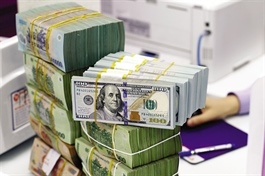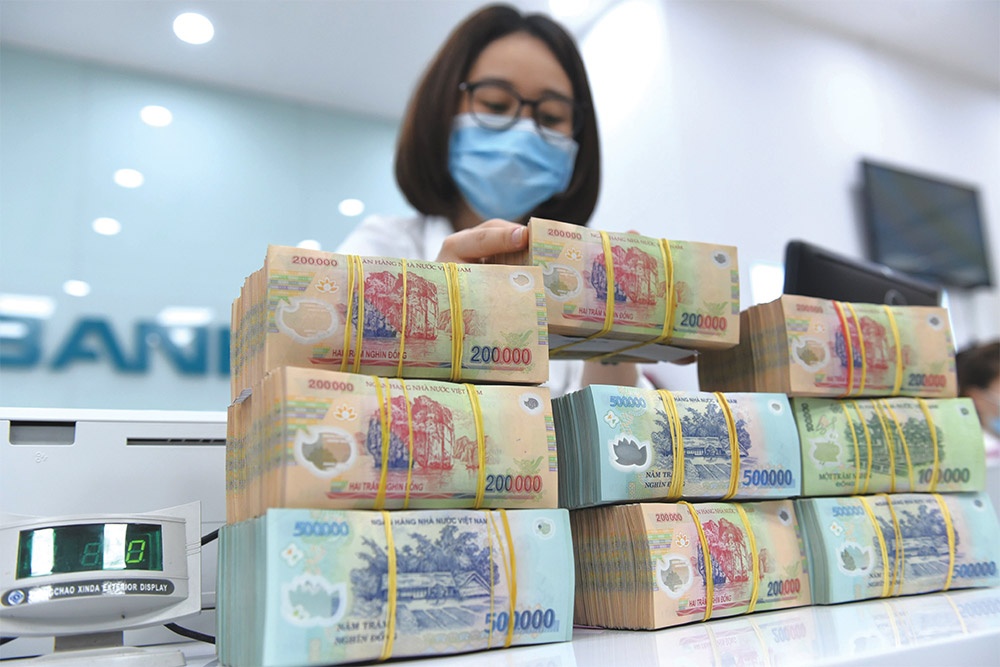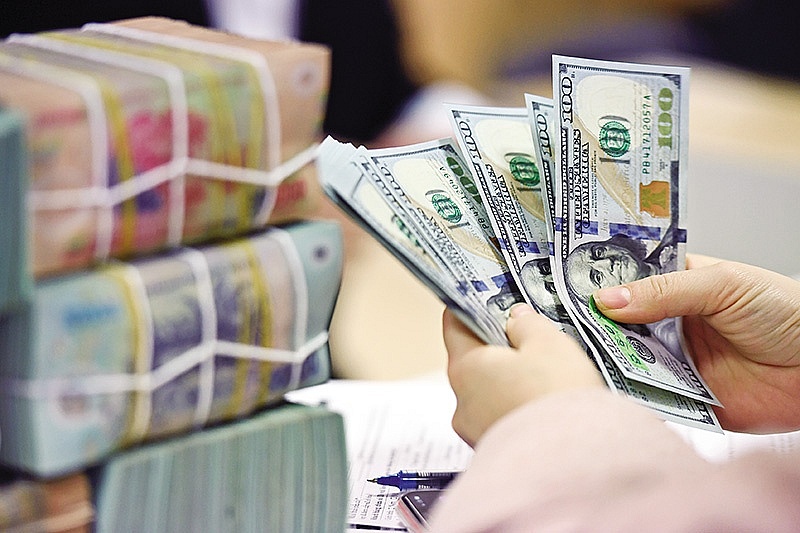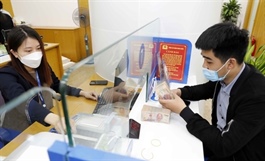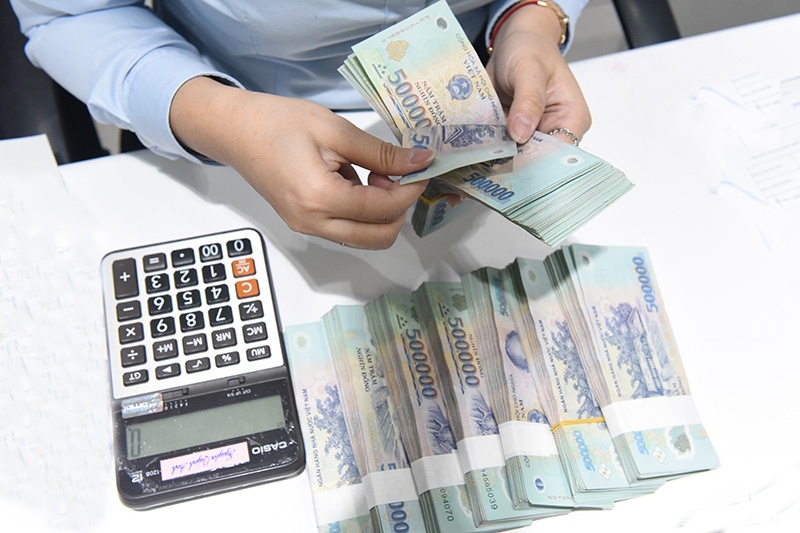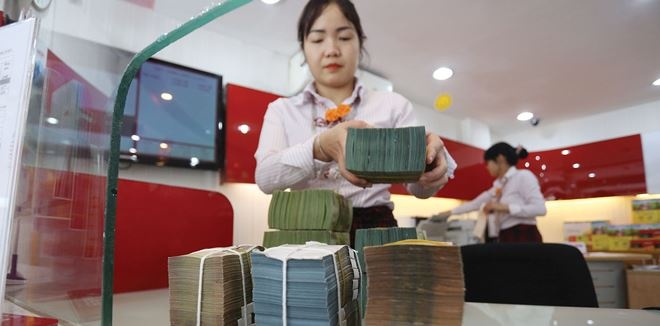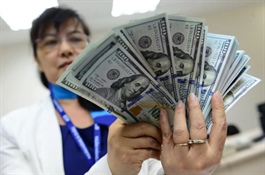USD/VND exchange rate set to stabilize in second half of 2024
USD/VND exchange rate set to stabilize in second half of 2024
The central bank achieved some success in managing the foreign exchange market as the USD/VND exchange rate maintained a sliding rate of about 3.1% in 2023, despite some periods approaching the VND24,800 threshold.
The VND/USD exchange rate is forecast to face upward pressure in the first quarter but improve in the second half of 2024, according to HSBC’s latest report.
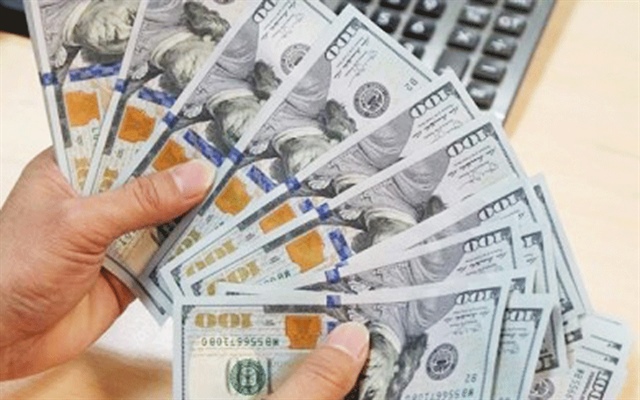
The VND/USD exchange rate is set to become stable in the second half of 2024. Photo: The Hanoi Times |
From the beginning of the month until now, the selling price of USD has increased from VND130 to 170 at commercial banks. According to the General Statistics Office, the USD price index in January rose by 0.52% compared to December 2023 and increased by 3.69% compared to the same period last year.
In the free market, the USD price surpassed VND25,000 in last week for the first time since October 2022 and is currently still trading above this threshold.
According to Ngo Dang Khoa, Country Head of Markets and Securities Services at HSBC Vietnam, there are two reasons for the USD to strengthen in January 2024.
As such, positive signals from the US labor market and economy in recent times, along with statements from members of the Federal Open Market Committee (FOMC) indicating a commitment to data-driven actions, have led the market to reduce expectations of an early FOMC interest rate cut.
This has led to a slight rise in US Treasury yields, which has helped the USD gain strength internationally. The Dollar Index (DXY), which measures the strength of the USD against a basket of other currencies, is currently above 103.
This is one of the fundamental reasons why Asian currencies, including Vietnam, are weakening against the USD.
Additionally, the interest rate differential remains high in the context of relatively abundant VND liquidity even before the Lunar New Year, contributing to a rapid increase in the exchange rate in the early weeks of 2024. Khoa predicted that the USD/VND exchange rate will continue to face upward pressure in this quarter for four reasons.
First, the divergence in monetary policy between the Fed and the State Bank of Vietnam (SBV) may widen further. Vietnam's policy priority is to support growth, unlike the US, where the Fed may maintain a tight monetary policy as the economy grows above expectations and underlying inflation cools slowly.
Second, VND liquidity in the interbank market may continue to remain good as credit growth and the pace of disbursement of public investment have not changed significantly, at least in the first quarter.
Third, while Vietnam's trade surplus and FDI capital inflows may remain high, some global and regional political fluctuations may have a relatively negative impact on the VND.
Finally, the USD is generally expected to maintain its strength in the early months of the year, while the Chinese yuan will continue to weaken due to a slower-than-expected economic recovery in China.
Previously, in 2023, the SBV achieved some success in managing the foreign exchange market as the USD/VND maintained a sliding rate of about 3.1% - based on the selling rate of commercial banks, despite some periods approaching the VND24,800 threshold.
This year, HSBC forecasts that the exchange rate will improve in the second half of 2024, especially as the USD peaks and the domestic economy and credit gradually recover. "We currently forecast the USD/VND exchange rate to end the year in the range of VND24,400," said Khoa.





